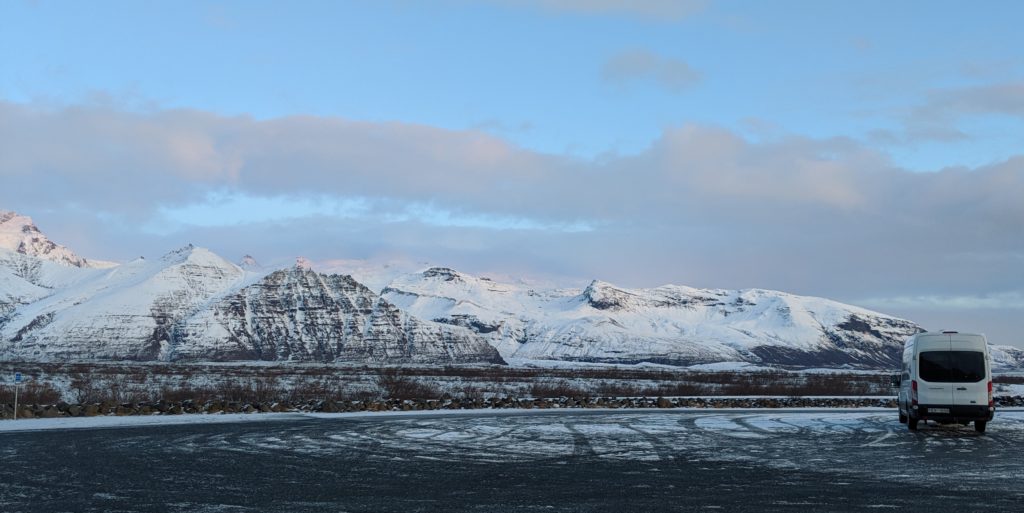
I have lived in a tropical country, India, all my life. A little rain and some excruciating sun nearly render me immobile. And also if you live in a city, which is perpetually blocked because of traffic, you are like me – a tropical couch warmer.
Iceland in winter is a different ball game. The climate changes every few kilometres, ranging between 2°C to -15°C. The most difficult is standing close to a waterfall or doing whale watching. One can be potentially blown away by winds, buried in snow by a storm or get stuck in a hail storm.
Iceland and in winter though is insanely beautiful. The whiteness of snow and ice, beautiful towns and villages. It also almost looks like not from Earth. It is worth more than every penny spent and every pain endured getting there and experiencing the bone-chilling cold.
I had it all planned out almost everything by an amazing sister and we did this trip together. The planning was multi-layered – Which routes we take, where do we stay, what do we see. It even had what we eat and when. More about the planning – I will link to her post.
Ticketing & Visa
Applying for a visa is blue-collar work. You have to do everything manually. Physical prints of nearly everything you have done in your life.
- Fees
- Passport is compulsory
- Healthy bank balance
- Travel Insurance with a certain insured amount usually mentioned in the checklist
- Copies of every page of the above. Especially of the empty pages.
- Itinerary – Every single detail of your stay.
After a few visits to the visa processing office, you will finally receive your visa for only the days you are visiting issued by the EU. I mean there are other countries which will issue a visitor’s visa for ten years, like Canada.
Clothing and Winter Wear
A good tri-climate jacket is a must. There are very few in the Indian market. I picked mine from Decathlon. The jacket has a separable inner jacket. Thus, it can be used as a rain/snow coat and also as a cold climate jacket. However, this jacket itself won’t be enough. A certain level of layering is required to sustain in Iceland.
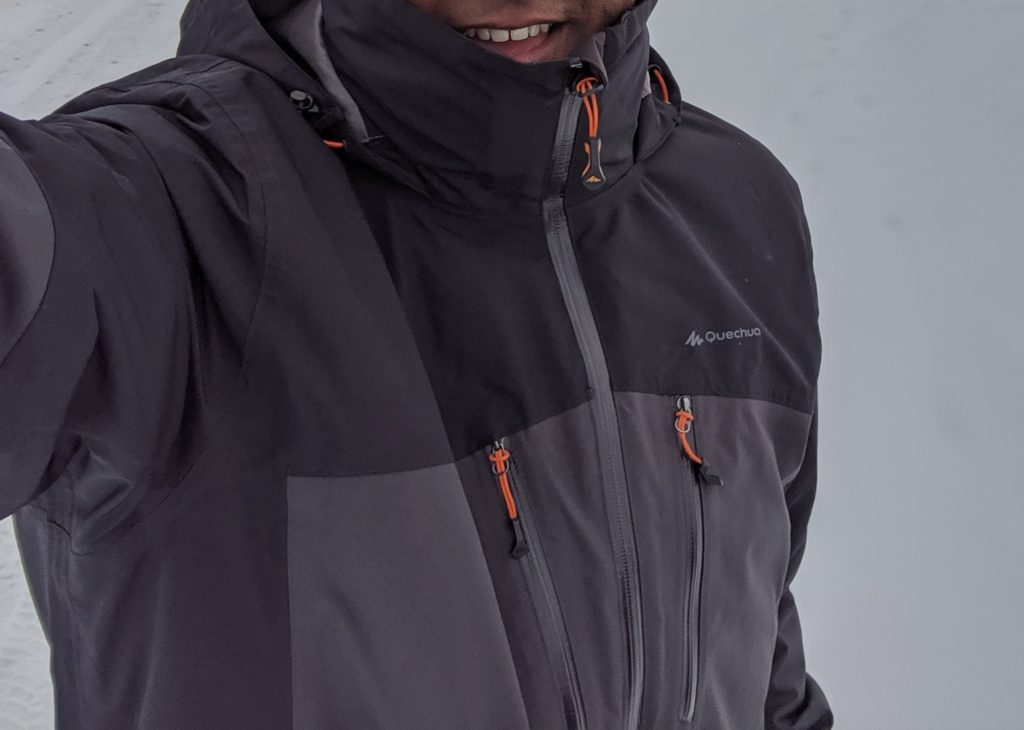
Next up are the shoes for the Iceland winter and you will need heavy boots. I picked it up in Decathlon. When buying boots, always get 1 or 2 sizes bigger. It will be useful to layer multiple woollen socks based on the cold.
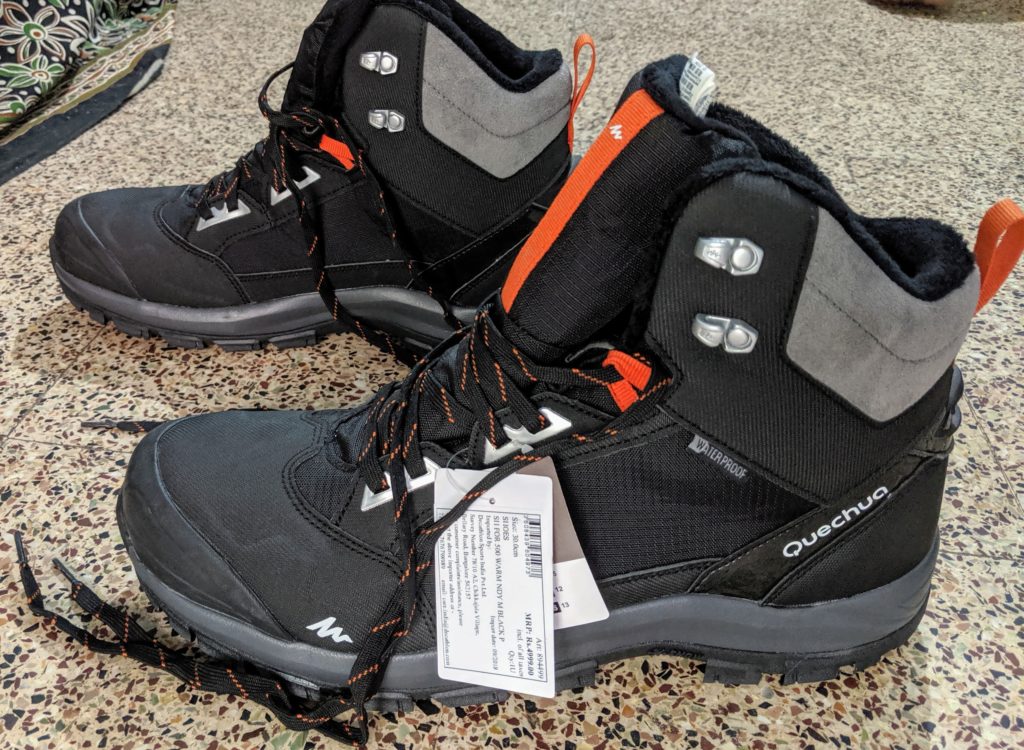
We also picked up:
- A beanie I had picked up in my last travel.
- A throat scarf
- Monte Carlo underpants and vests
- Different coloured pullovers for layering. Hoodie pullovers are even better.
Along with this, I also got myself layered gloves. Make sure that the gloves are touch-friendly so that you can use mobile phones while wearing gloves. A few hand warmers and toe warmers. Warmers give out heat on being shaken. Warmers are very important if you are into photography – You may require to pull out your hand for manual control.
What is the actual road trip?
Driving in Iceland is not easy. One has to have experience in driving in ice and snow to know how to mitigate slips. Knowing when to break becomes important.
Another great challenge is the beauty of the road through mountains and shoreline. The road goes through some exasperating scenery and it changes every few meters. It becomes difficult with people in the car going – look left at those mountains! Guys on the right side is the sea! One slip and we are in it!
Hringvegur or the Ring Road or Route 1 is the road which goes around Iceland. We took the Ring Road and went inside other roads to reach towns and villages. Then coming back again to the ring road. Going via the Eastern route is more scenic and treacherous than starting via the western side.
There are 3 kinds of Icelandic Roads –
- The Ring Road and is mostly accessible by most cars.
- The subsidiary roads that lead to towns and cities advisable to use AWD.
- F roads – inaccessible during winter but can be ventured with 4×4 trucks.
The roads are well marked with common traffic symbols. There are a few unique ones and it is advisable to memorize them. There are other symbols which indicate whether you will find cafe/restaurants or toilets in the route. Be aware to pay attention to them.
We drove for seven days to get around. It is not long however, one could get around in two days. We took our time seeing places around each location. We never drove nights unless we were hunting northern lights.
There are many parts of the drive where instinctive coordination and magnanimity plays a big role. The ring road and the subsequent roads have a few stretches which allow only one vehicle to pass. Unlike how we behave in India – by rushing to be the first on the bridge, it is better to be magnanimous and allow the other vehicle to pass. You will find others doing that to you too.
Usually, during winters, it is by law that all cars use low beams even during the day, all the time.
There are stretches which are only snow and our car was the only one on the road for hours. No cars in front or back and it almost felt like a different planet. Even more, if you are coming from India; you will find the population of Iceland many times over in small areas of cities in India.
There are 2 types of ways to get around the island. One can book tours or rent a car. But, one can also book tours around the country. Tours are costly and restrictive. So we pre-booked a Toyota Rav 4 from a rental. It was cheaper, safe and we could get a lot more done.
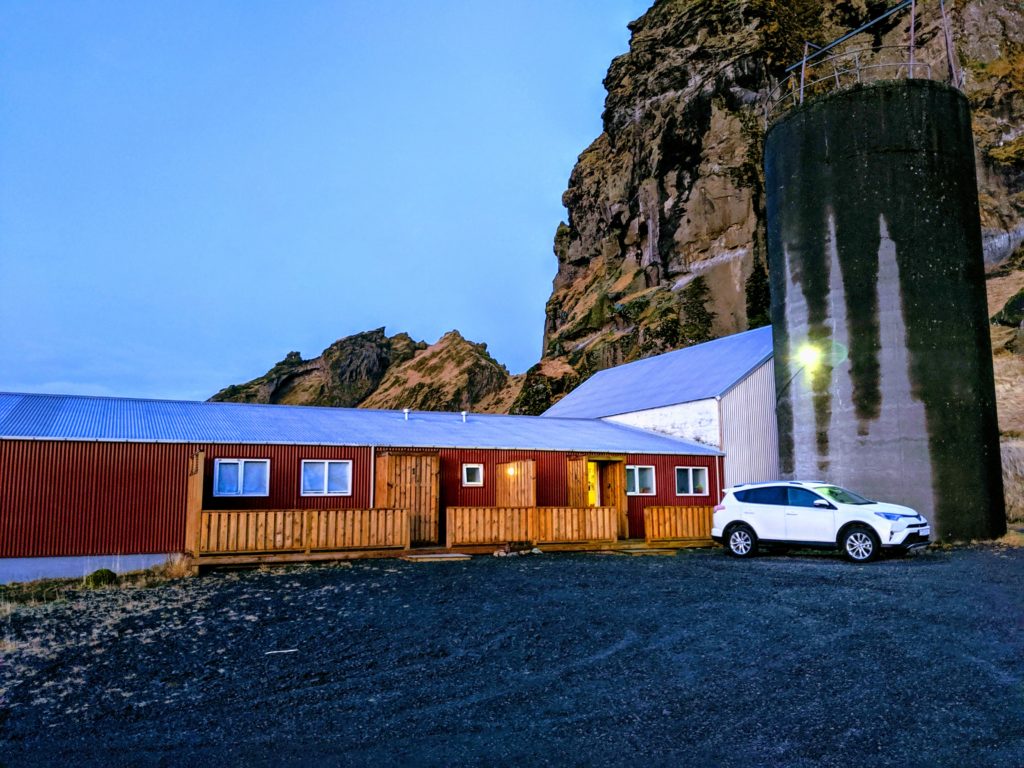
The drive between Airbnb’s weren’t more than 3 to 4 hours. We took time to see the places in-between the two places. So it would take at least 8 to 9 hours between our stays.





Vegetarian Food
Being vegetarian and visiting Iceland in itself is a challenging proposition. Iceland is meat/fish eating country. Getting vegetarian food can get harrowing. We did find a Mediterranean restaurant in Reykjavík and other places serving vegan food along our journey. We got really good veg burgers and pizzas too. Having said that if one can survive with loaves of bread and spreads, it makes life lot easier. Anybody who does not like the smell of fish and meat should be very careful – every other village will have a distinctive smell.
Along with it, we also got MTR ready to eats – Upma and Poha. Maggi and other ready to eat like rajma curry, aloo mutter and dal. This We cooked dinner and took the leftover for the journey the next morning. The lunch we are in the car mostly, while we experimented with dining out at night to cooking exotic dinners. As I had said earlier, impeccably planned by the sister.
Most of the Airbnb’s we engaged were equipped with microwaves and stoves.
The water in Reykjavik and in many places smells and tastes sulphur. It tastes burnt and bad. You can get normal water from the hotel. In other places, you will get tap water which in itself is drinkable and tastes awesome.
Sulphur seems to be very good for the skin. The water in Iceland has sulphur naturally because the water comes from volcanic activity. Most of the hot water to the homes come from the water geysers and hot springs around Iceland. They are delivered to the villages and towns using insulated pipes.
Culture
Everybody speaks English. We did not know Icelandic and our pronunciation of names was at best horrendous!
People often leave their cars running and their house unlocked. There is very little crime in Iceland.
People are very friendly, especially in the remote settlements. In some places, people will smile and wave at you.
When we rented rooms, we made sure to clean up before we left. We cleaned up the car after the ride. People in Iceland cleanup themselves after.
People in Iceland love hot pools. Even the smallest villages will have a hot pool. We did not use one and we crashed when we got a chance. It is important to maintain sleep with time differences.
Conclusion
As I said earlier, it was worth everything. We drove around in different climates. We saw amazing sceneries – scenes out of this world. We were tired just being exhilarated. We stayed in a city, a town, a village, in the seashore, a bookstore and a farm. We saw the mountains, we drove on the cost and we went whale watching. Most importantly, WE SAW THE NORTHERN LIGHTS!











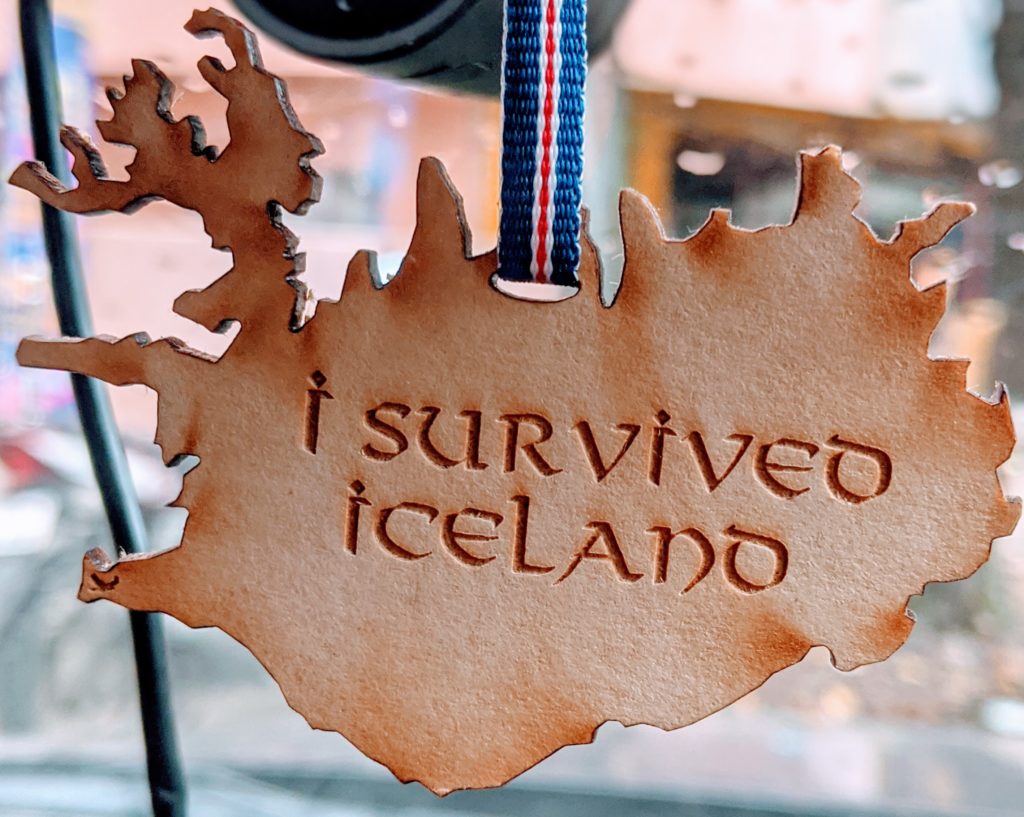
end.

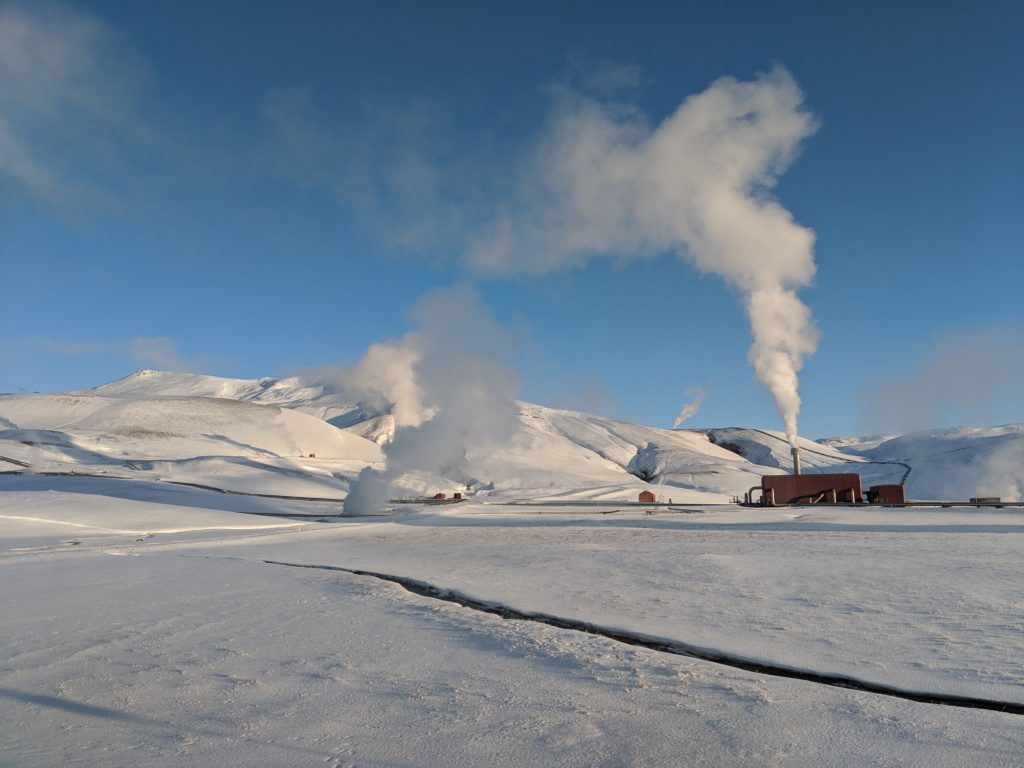
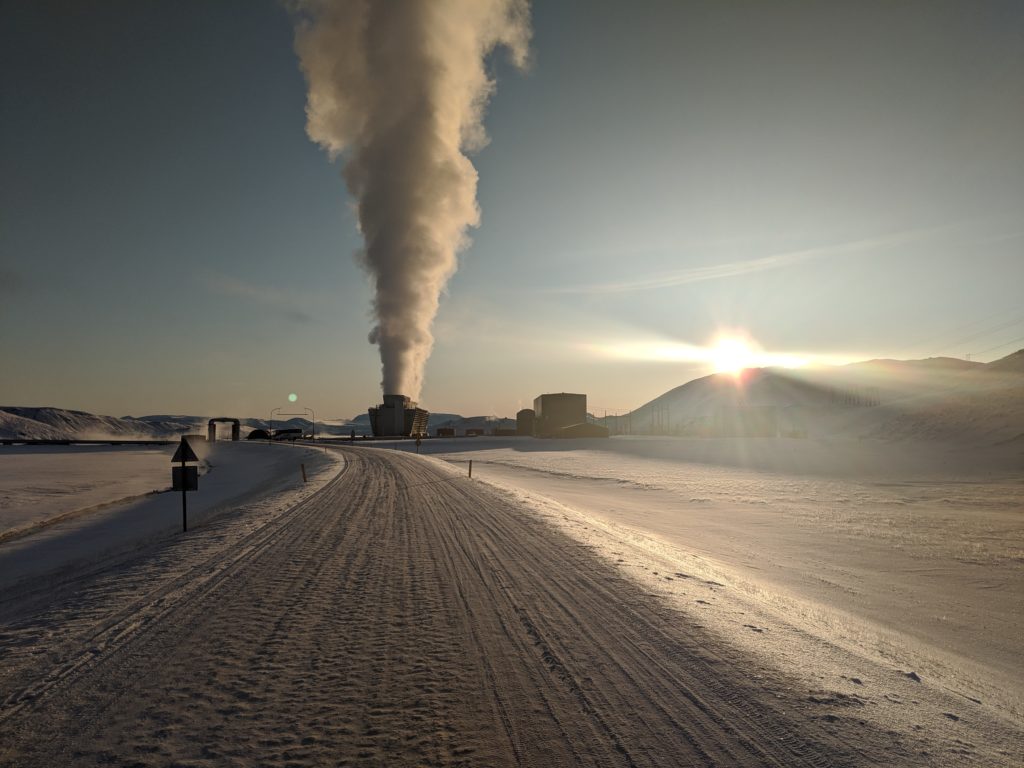

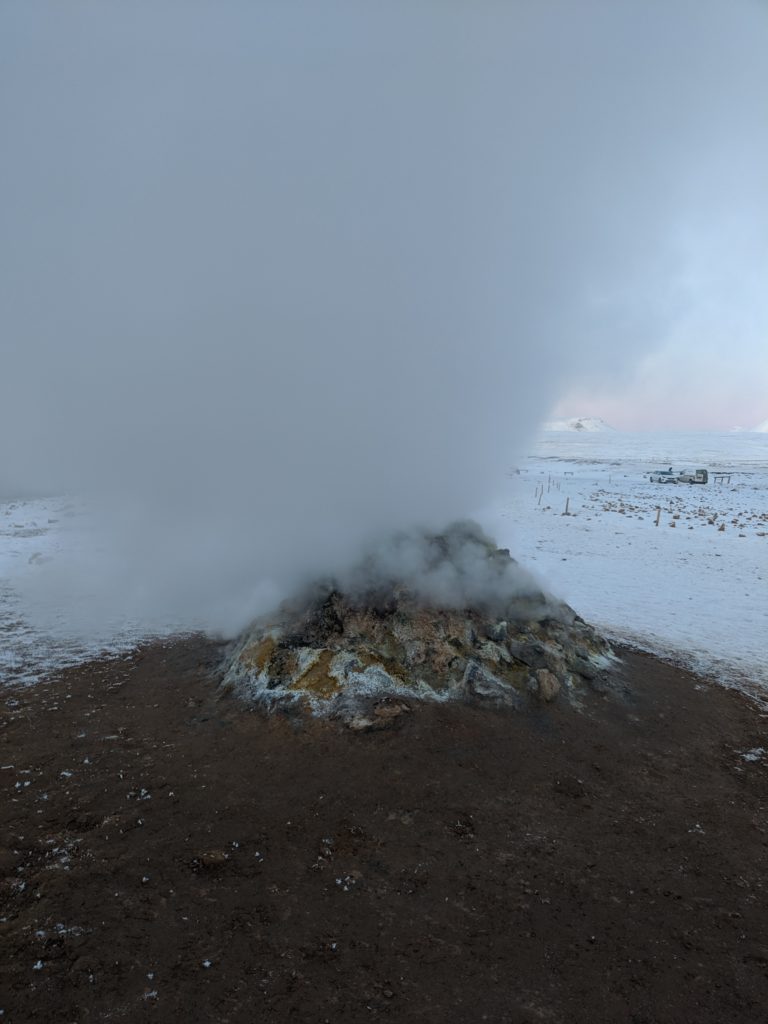
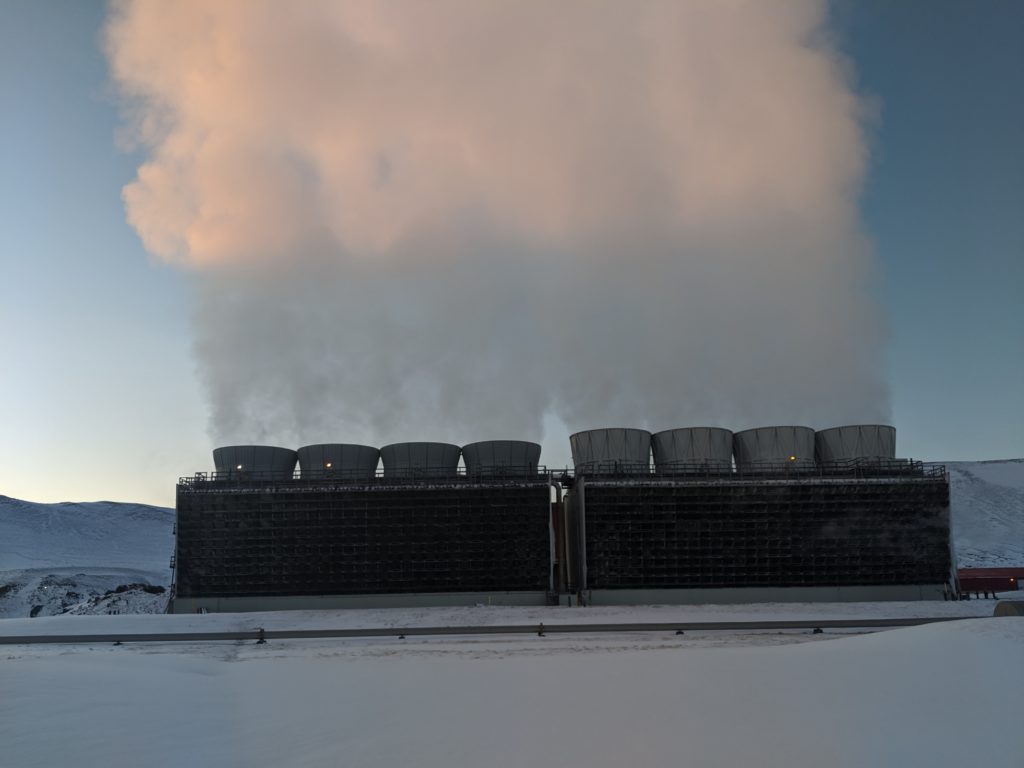
Leave a Reply